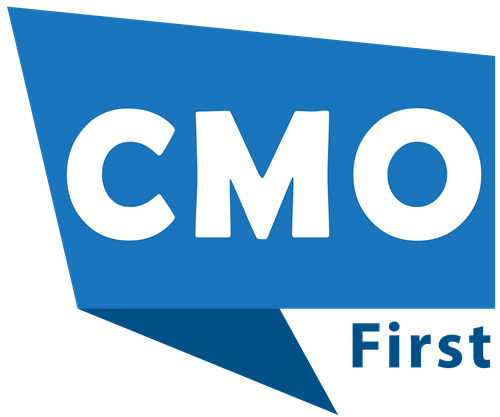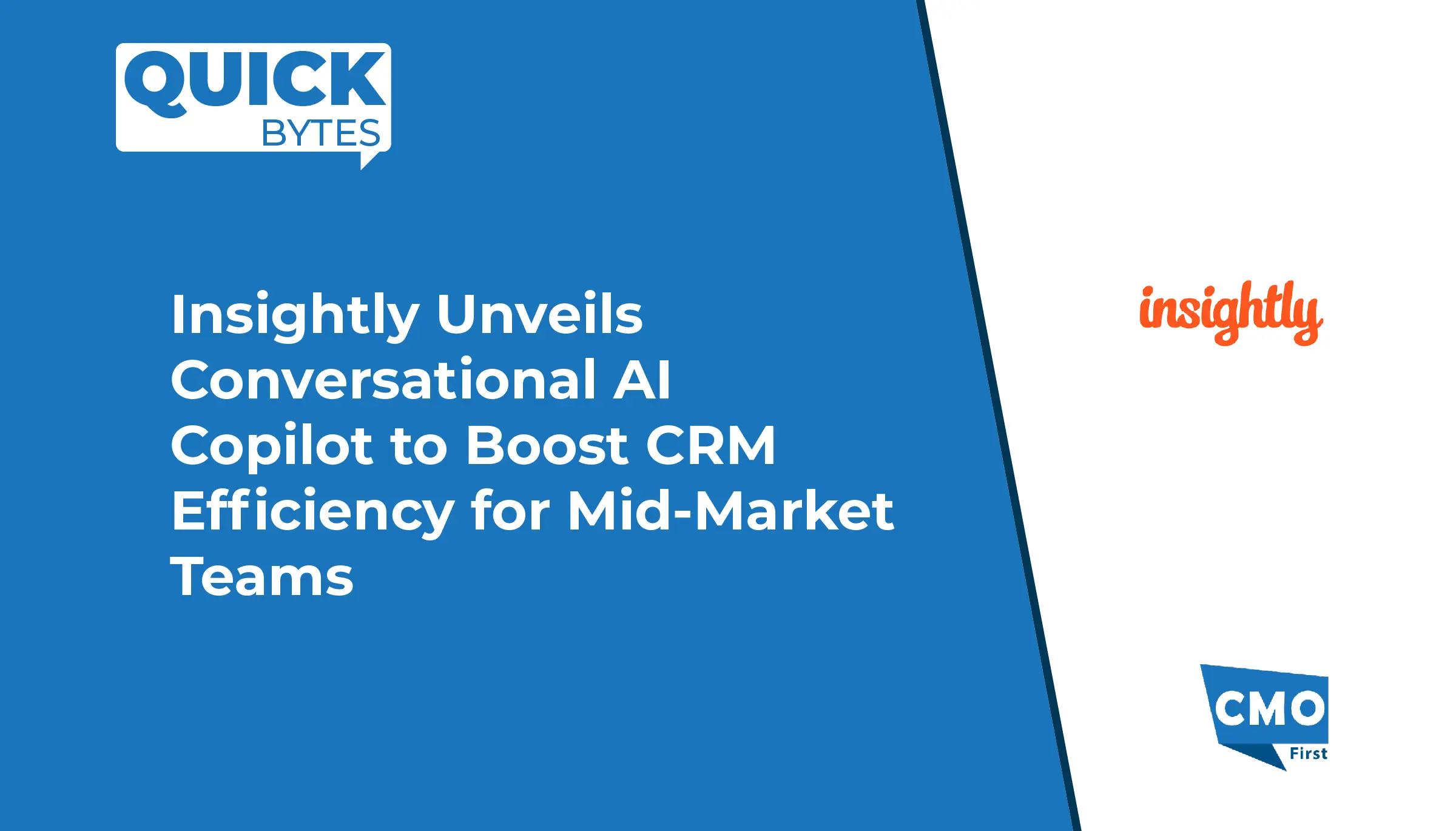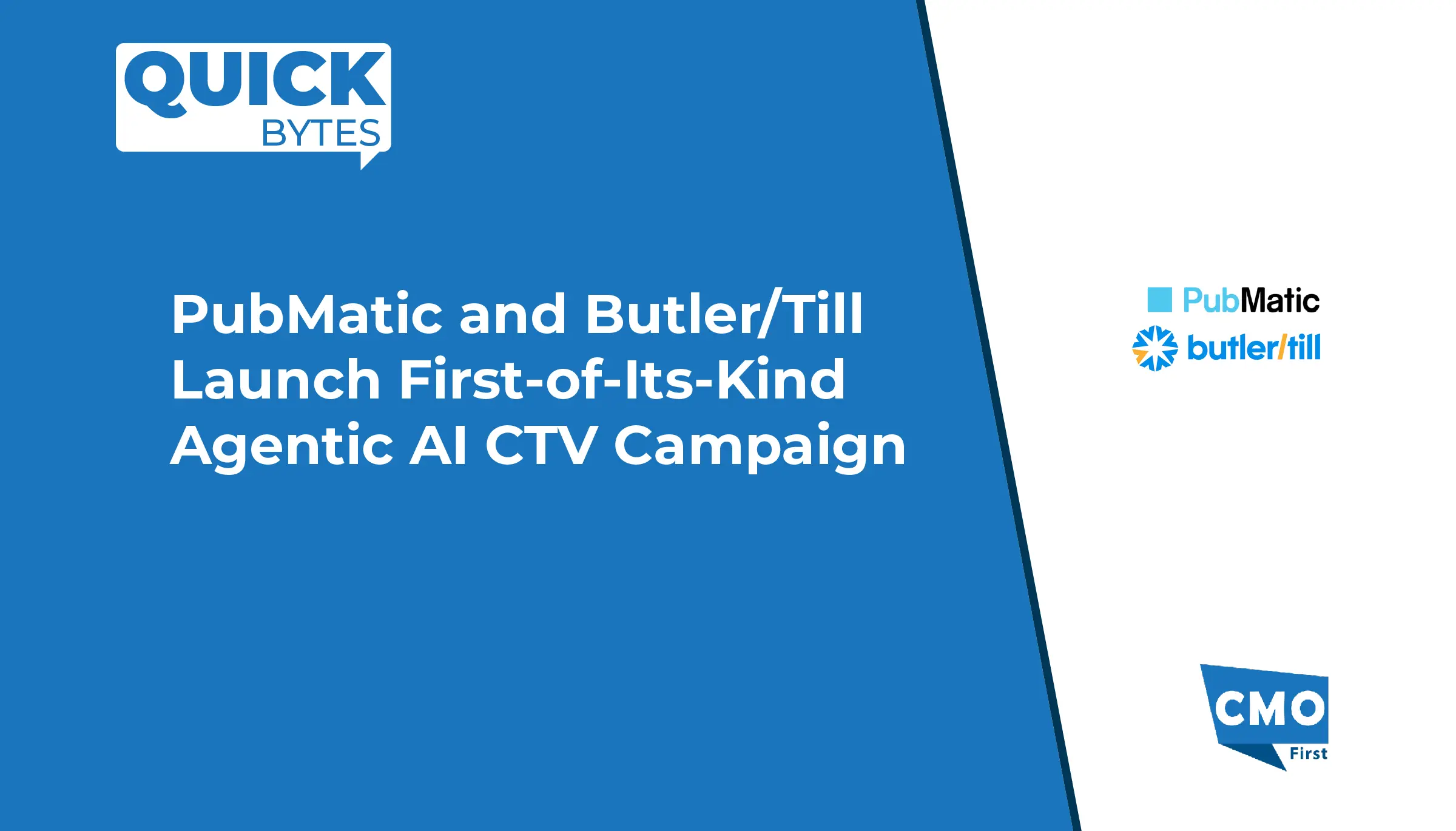CMOS must have a thorough understanding of the mistakes associated with launching and driving ABM campaigns, to positively contribute to the overall growth of the brand’s revenue.
Every CMO faces his or her own collection of obstacles and roadblocks when it comes to implementing ABM programs for their brands. Even CMOs who have successfully implemented ABM strategies and innovations to drive outcomes will continue to face different challenges, but different from those who are just getting started.
Nevertheless, there are still some common mistakes that even the most successful CMOs are guilty of making. Therefore, they should develop strategies that can help them overcome these account-based marketing challenges while ensuring that their respective brands receive value-driven results.
Also Read: Top Marketing Strategies for Software as a Service (SaaS) Vendors
So, let’s look at the three ABM mistakes that CMOs must avoid to achieve success in 2021 and beyond:
3 ABM mistakes that CMOs must avoid
Not working closely with marketers to build a target list
Every ABM campaign begins with developing a target list of organizations alongside their relevant contact points. This list defines the success of an ABM campaign.
If marketers fail to leverage martech to diversify their available data points, they may witness a lower ROI for the campaign as a whole. Therefore, CMOs must leverage their experience in account-based marketing to build a target list by filtering out the noise and creating a list depending on the past buyer interaction.
By closely working with the marketing team, CMOs not only ensure that they have a higher chance of running a successful campaign but will also be able to strengthen their relationship with the marketers.
Not understanding the total addressable market
CMOs may miss out on different revenue opportunities associated with a product or service if they don’t consider the total addressable market. This can reduce the efficacy of their goal list, resulting in a waste of marketing resources.
By identifying and understanding the total addressable market, CMOs can easily create a list of companies that are most likely to invest in the brand’s product or services. By having an in-depth knowledge of the total addressable market, they can regularly assess the list’s performance for determining the pre-ABM campaigns.
To further strengthen the ABM campaigns, they should strive to create a list that will enable their marketers to run hyper-personalized campaigns. This will positively contribute to the brand’s overall growth and revenue.
Also Read: How Businesses Can Leverage Their Website to Strengthen the Emotional Bond with Their Customers
Not using the right ABM software with their martech
Since each brand’s martech stack varies from that of its competitors, CMOs should consider ABM software that seamlessly integrates and aligns with theirs. CMOs would not be able to achieve long-term sustainability through their account-based marketing strategy unless this is the case.
CMOs should also use their expertise in ABM for using information that drives deeper ABM outreach. They should develop new marketing plans that can enable them to push potential buyers through the funnel at an accelerated pace for conversion.
Conclusion
As ABM campaigns evolve, it will be difficult for CMOs to keep up with the challenges that come with it. However, by learning about the most common challenges related to marketing and how to deal with them, CMOs will be able to build effective strategies to improve their ABM marketing efforts.






















Leave a Reply